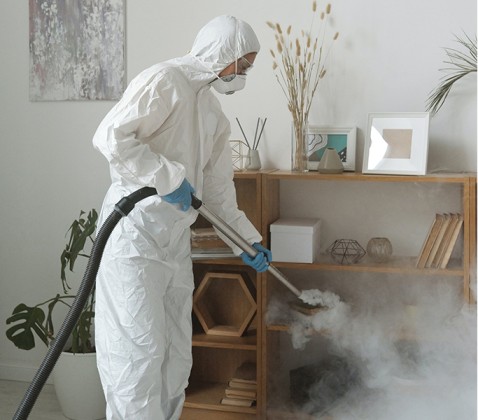Fumigation is a pest control method in which poisonous gases are released into an enclosed space, such as a home, office, or warehouse, to exterminate pests. It works by killing, controlling and repelling insects and rodents by destroying the upper respiratory tract of pests. Once exposed to fumigants, pests do not have the ability to resist or escape the poison.
What is Fumigation?
A fumigation is a form of pest control that uses poisonous gases, such as sulfur dioxide or phosphine. It works by being released into an enclosed space to exterminate pests and insects. The gases attack the respiratory systems of pests, killing them quickly and effectively. Fumigation is often used to exterminate large infestations of termites, bed bugs, rodents, and other insects that can damage a home or business.
What Should You Know Before Using Fumigation?
Before using fumigation, it’s important to understand the safety risks associated with the process. Fumigants are poisonous and can be hazardous to humans and pets if not used correctly. It’s also strongly advised to hire a licensed professional for any type of fumigation work, as some states require certain regulations be followed before fumigation takes place. Additionally, any items that are left in a space where fumigation has taken place should be removed or thoroughly cleaned prior to re-entering the building.
How Does Fumigation Work to Reduce Pest Populations?
Fumigation works by using a fumigant, a gaseous pesticide that penetrates into cracks, crevices and other small spaces where pests have been known to hide. The fumigant will usually work its way through the air, reaching all areas of an infestation. Once the contamination has been treated, it will remain in the home or building for several weeks before it eventually dissipates on its own. By using this method, pest control professionals are able to effectively reduce large populations of pests with one application.
Are There Different Types of Fumigation Used On Different Pests?
Yes, there are different types of fumigation used to control different pests. For example, phosphine fumigants are commonly used to control rodents, while sulfuryl fluoride is often used for dry wood termites and bed bugs. There are also other types of fumigants that may be used for other pests such as fleas and roaches. Each type of fumigation will vary in its application method, safety requirements, and efficacy against certain pests.







